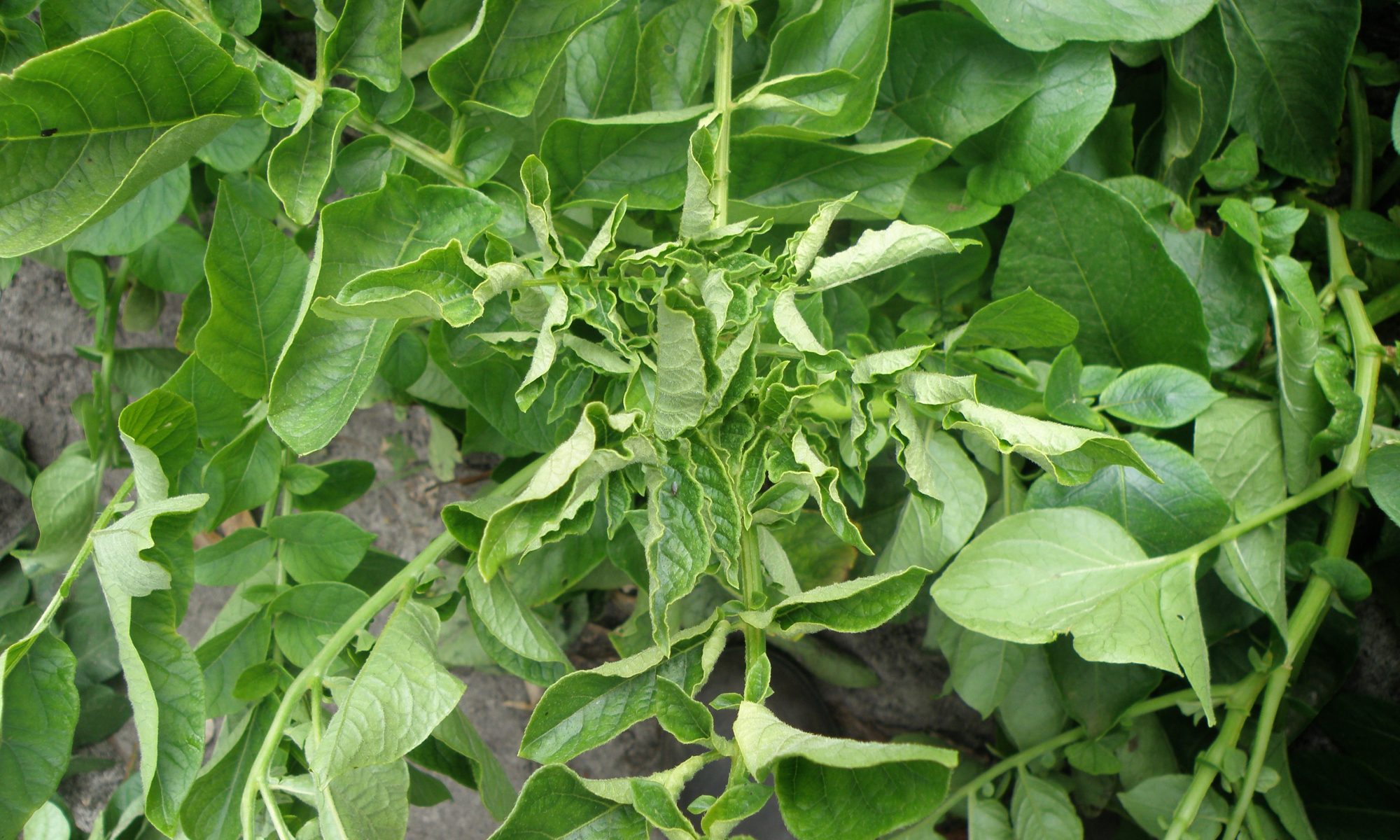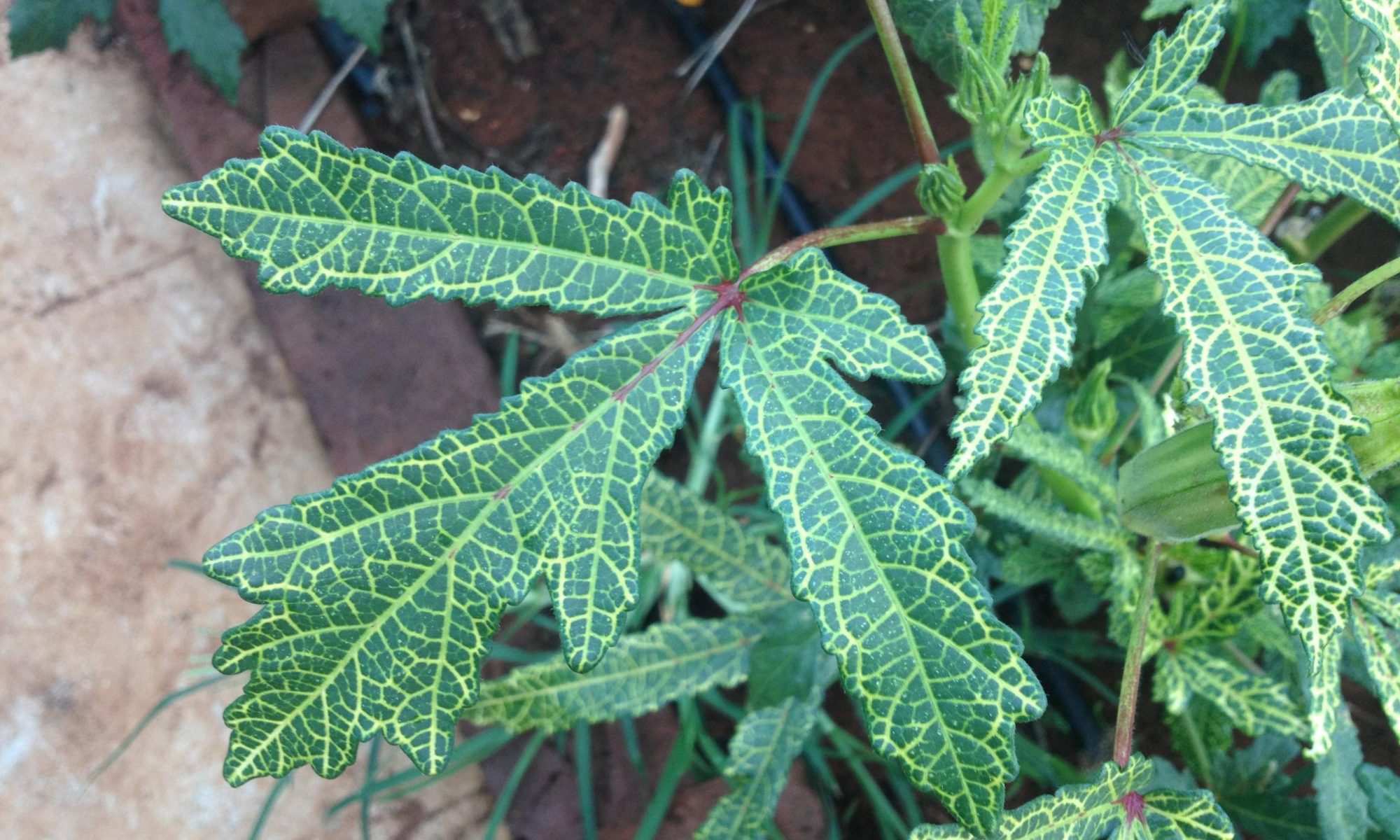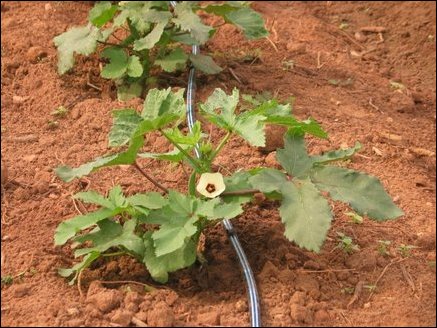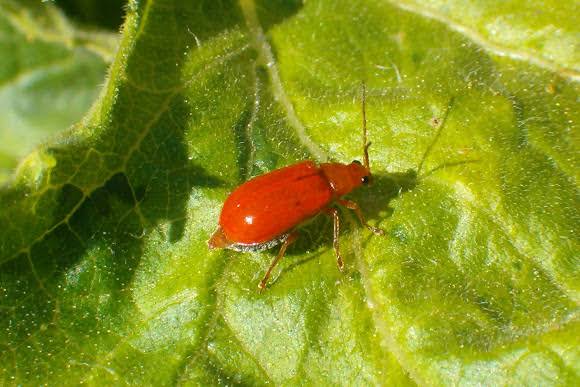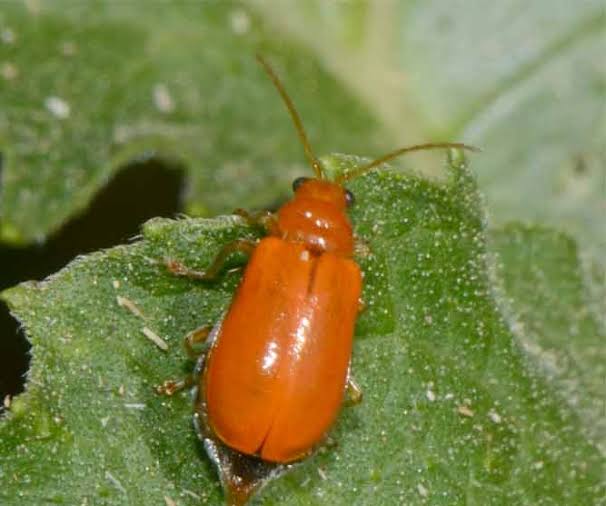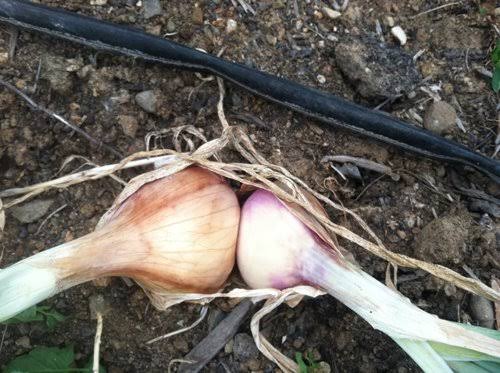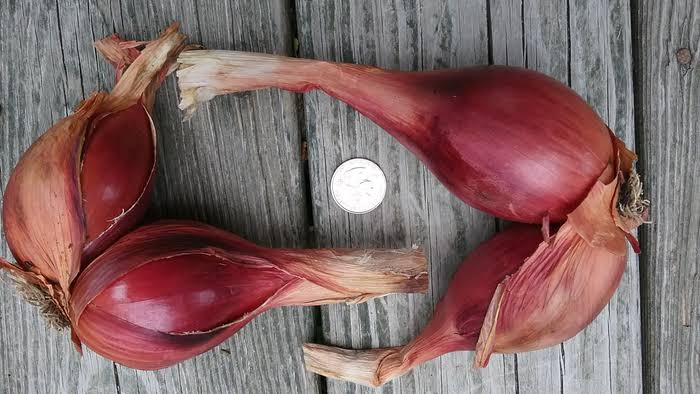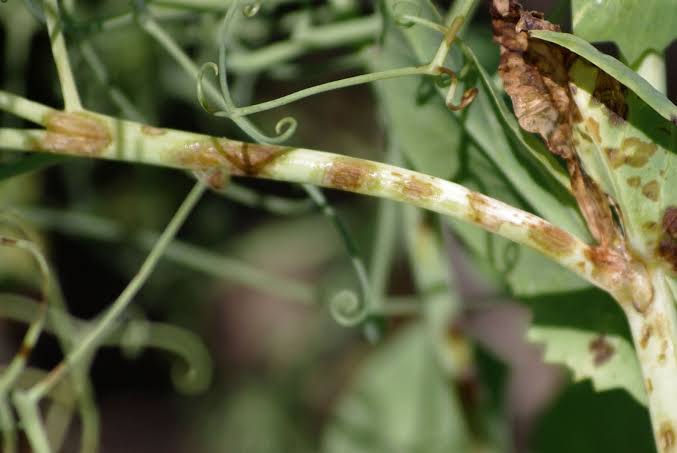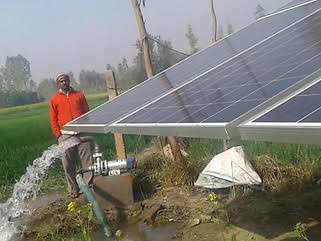Yellow Mosaic Disease in Okra/Bhindi:-
- This is the most important and destructive viral disease in bhindi.
- The disease infects at all the stages of crop growth and severely reduces growth and yield.
- The disease is transmitted by whitefly.
- The characteristic symptoms of the disease are a homogenous interwoven network of yellow veins enclosing islands of green tissues.
- Initially, infected leaves exhibit only yellow coloured veins but in the later stages, the entire leaf turns completely yellow.
- The fruits of the infected plants exhibit pale yellow colour, deformed, small and tough in texture.
Control-
- Remove and destroy disease-affected leaves/plants from crop fields to avoid secondary spread.
- Parbhani Kranti, Janardhan, Haritha, Arka Anamika and Arka Abhay can tolerate yellow vein mosaic.
- Do not use high fertilizer during plant growth.
- Do not roted okra with other hosts of virus.
- If possible, choose early planting to the controlling of yellow mosaic virus disease.
- Keep sanitation while using any tools that are using in crop.
- Use 4-5 sticky trap/acre to the controlling of whitefly infestation.
- Spray imidacloprid 17.8% SL 80 ml/acre for the controlling of whitefly.
- Spray dimethoate 30% EC 250 ml/acre of water.
Like and share with other farmers by clicking on button below
Share

